(NLDO) - In an ancient crypt in Spain is something that looks like a strange bottle of red wine, 2,000 years old and has not evaporated. The truth behind it is even more terrifying.
Science Alert describes the discovery in an ancient Roman catacomb in the Carmo cemetery (Spain) as a new candidate for the worst "gift" that history has given us.
It was a jar containing a red wine-like liquid, still ghostly liquid after 2,000 years of being buried.
Analysis showed that the liquid was indeed wine, but there was more to it than that.
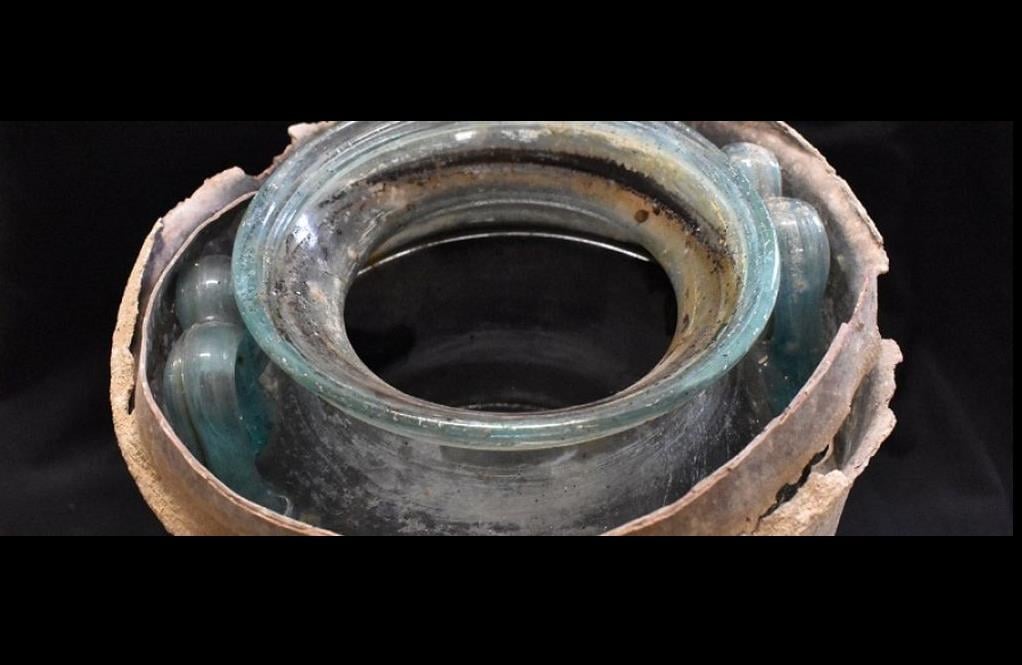
"Death" wine bottle in ancient catacombs in Spain - Photo: Journal of Archaeological Science: Reports
Archaeologist Juan Manuel Román of the Carmona Municipal Museum, a member of the archaeological team, said they used several methods to determine the chemical composition of the liquid.
Essentially, it's the wine, through the polyphenols, a group of antioxidant compounds abundant in grape skins, that remains so evident.
However, it lacks a particular polyphenol expected in red wine, syringic acid, which is not found. So this is a bottle of white wine, not red.
What causes the red color is still unclear, but one of the things could be... human ashes, judging by the amount of organic matter identified in the wine jar.
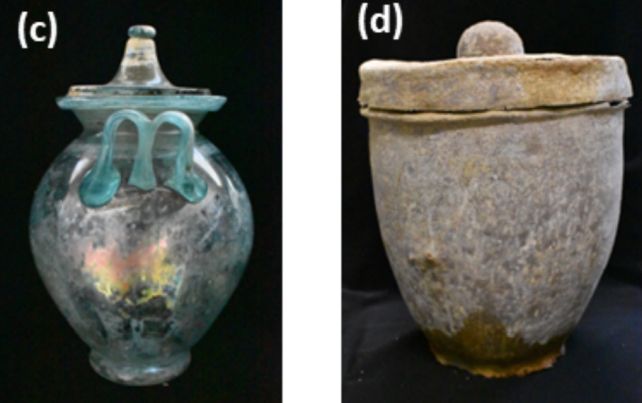
Wine jugs and lead barrels covering the outside - Photo: Journal of Archaeological Science: Reports.
In other words, the wine jars that archaeologists found were actually cremation urns. White wine was just one of the burial offerings, filled into urns.
It is unclear whether these ashes are related to the red color of the wine. But it is also possible that other substances have entered the ancient tomb over the millennia, changing the color of the wine.
Regardless, this wine bottle has now become the oldest ancient wine found in a liquid state in the world, beating another bottle from the 4th century.
The wine inside may have been imported from quite a distance, as it is not similar to traditional local wines.
The wine jar was carefully sealed in a lead container and placed next to several other urns in the crypt, suggesting it may have been a family burial.
The vase also contained a gold ring, on which was engraved a symbolic image of Janus - the god of time, beginnings and transformations in Roman mythology.
The crypt has fortunately survived intact, having escaped the tomb robbers who destroyed many other nearby monuments. The site was discovered by archaeologists in 2019.
Another glass urn at the site contained the ashes of a woman named Hispana. Her ashes were not immersed in wine, but instead were placed in the urn with amber jewelry, a rock crystal vial containing patchouli, and a silk object.
The study was recently published in the scientific journal Journal of Archaeological Science: Reports.
Source: https://nld.com.vn/rung-minh-voi-thu-nguyen-ven-2000-nam-trong-ngoi-mo-co-196240626113109628.htm





![[Photo] Overcoming all difficulties, speeding up construction progress of Hoa Binh Hydropower Plant Expansion Project](https://vstatic.vietnam.vn/vietnam/resource/IMAGE/2025/4/12/bff04b551e98484c84d74c8faa3526e0)
![[Photo] Closing of the 11th Conference of the 13th Central Committee of the Communist Party of Vietnam](https://vstatic.vietnam.vn/vietnam/resource/IMAGE/2025/4/12/114b57fe6e9b4814a5ddfacf6dfe5b7f)


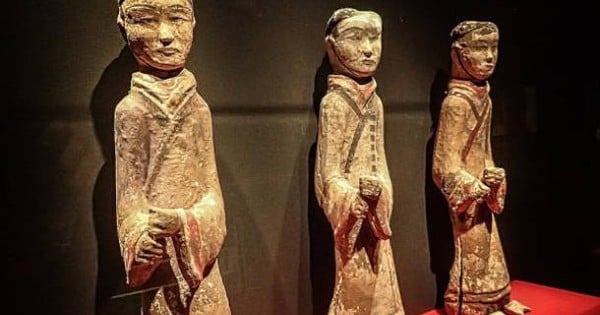
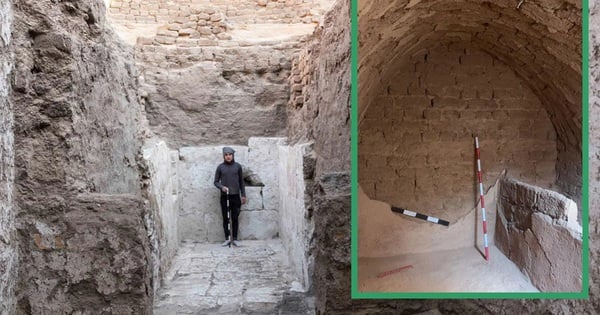


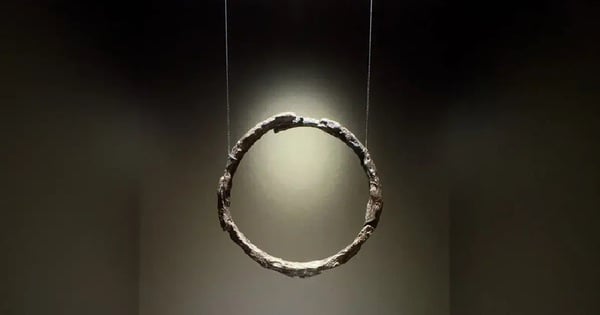











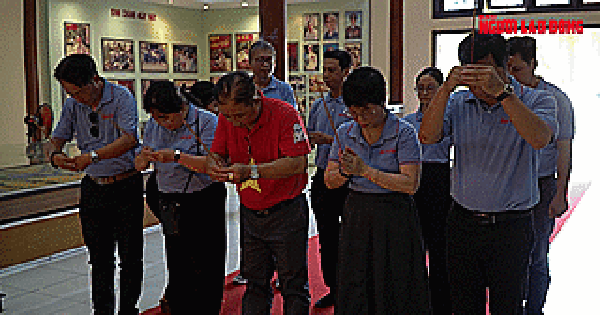




































































Comment (0)